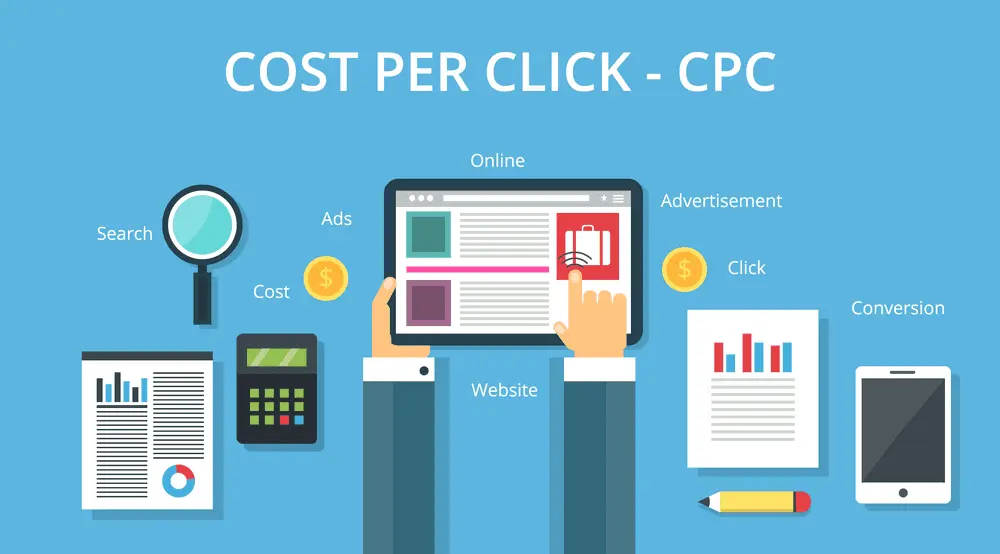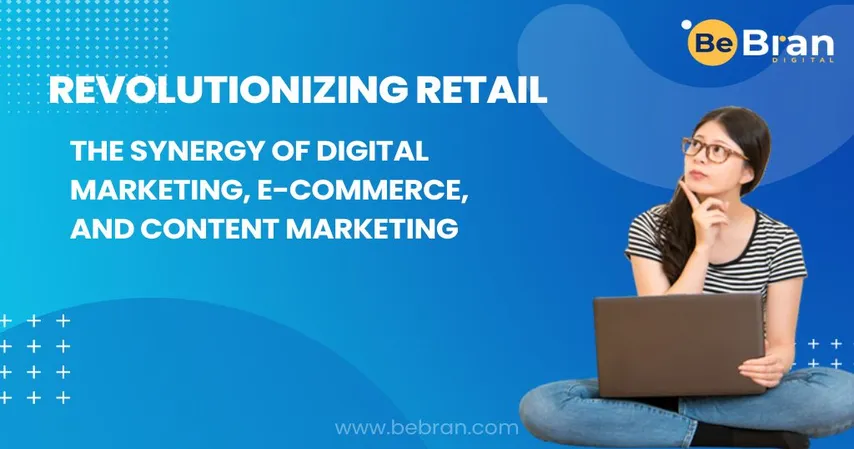Q.1 What is a competitive analysis, and why is it essential for businesses?
A competitive analysis is a process of evaluating and understanding the strengths and weaknesses of your competitors to gain a strategic advantage. It is crucial for businesses to identify market opportunities, refine their strategies, and make informed decisions.
Q.2 How can I identify my competitors effectively?
Start by defining your industry or niche, then research businesses operating within that space. Consider both direct competitors (offering similar products/services) and indirect competitors (addressing similar customer needs).
Q.3 What information should I gather about my competitors?
Collect data on their market share, pricing strategies, product/service offerings, customer reviews, marketing tactics, and financial health. Social media, websites, and industry reports are valuable sources.
Q.4 How do I analyze my competitors' strengths and weaknesses?
Evaluate their unique selling propositions, market positioning, and customer satisfaction levels. Identify areas where they excel and where they fall short, such as customer service, product quality, or innovation.
Q.5 What tools and techniques can help me conduct a competitive analysis?
Utilize tools like SWOT analysis (Strengths, Weaknesses, Opportunities, Threats) and Porter's Five Forces to assess competitive dynamics. Online competitive analysis tools and social listening platforms can provide valuable insights.
Q.6 How can I use competitive analysis to develop a winning strategy?
Identify gaps and opportunities in the market that your competitors haven't addressed. Leverage your strengths and their weaknesses to create a differentiated value proposition. Continuously monitor your competitors to adapt and refine your strategy.
Q.7 How often should I conduct a competitive analysis?
Regularly revisit your competitive analysis, especially when there are significant industry changes or shifts in your business objectives. Quarterly or annually is a common frequency, but flexibility is key.
Q.8 How can I stay ethical and respectful while conducting competitive analysis?
Adhere to ethical standards by relying on publicly available information and respecting competitors' intellectual property. Avoid engaging in harmful or unethical practices.
Q.9 What are the potential risks of not conducting a competitive analysis?
Without competitive analysis, businesses may miss market opportunities, underestimate threats, and struggle to differentiate themselves. It can lead to poor decision-making and reduced competitiveness.
Q.10 What resources or experts can help me with competitive analysis?
Consider hiring market research firms, and consultants, or utilizing online courses and tutorials to build your competitive analysis skills. Additionally, industry associations and conferences can provide valuable networking opportunities and insights.



















![1707475220 Bebran[1]](https://bebran.com/public/uploads/1709354499_1707475220_bebran[1].webp)

![1707475220 Bebran[1]](https://bebran.com/public/uploads/1709355820_1707475220_bebran[1].webp)

![1707475220 Bebran[1]](https://bebran.com/public/uploads/1709356684_1707475220_bebran[1].webp)




![1707475220 Bebran[1]](https://bebran.com/public/uploads/1709965156_1707475220_bebran[1].webp)

![1707475220 Bebran[1]](https://bebran.com/public/uploads/1709966408_1707475220_bebran[1].webp)

![1707475220 Bebran[1]](https://bebran.com/public/uploads/1709967475_1707475220_bebran[1].webp)

![1707475220 Bebran[1]](https://bebran.com/public/uploads/1709969101_1707475220_bebran[1].webp)

![1707475220 Bebran[1]](https://bebran.com/public/uploads/1709982719_1707475220_bebran[1].webp)

![1707475220 Bebran[1]](https://bebran.com/public/uploads/1709983823_1707475220_bebran[1].webp)

![1707475220 Bebran[1]](https://bebran.com/public/uploads/1709985547_1707475220_bebran[1].webp)























